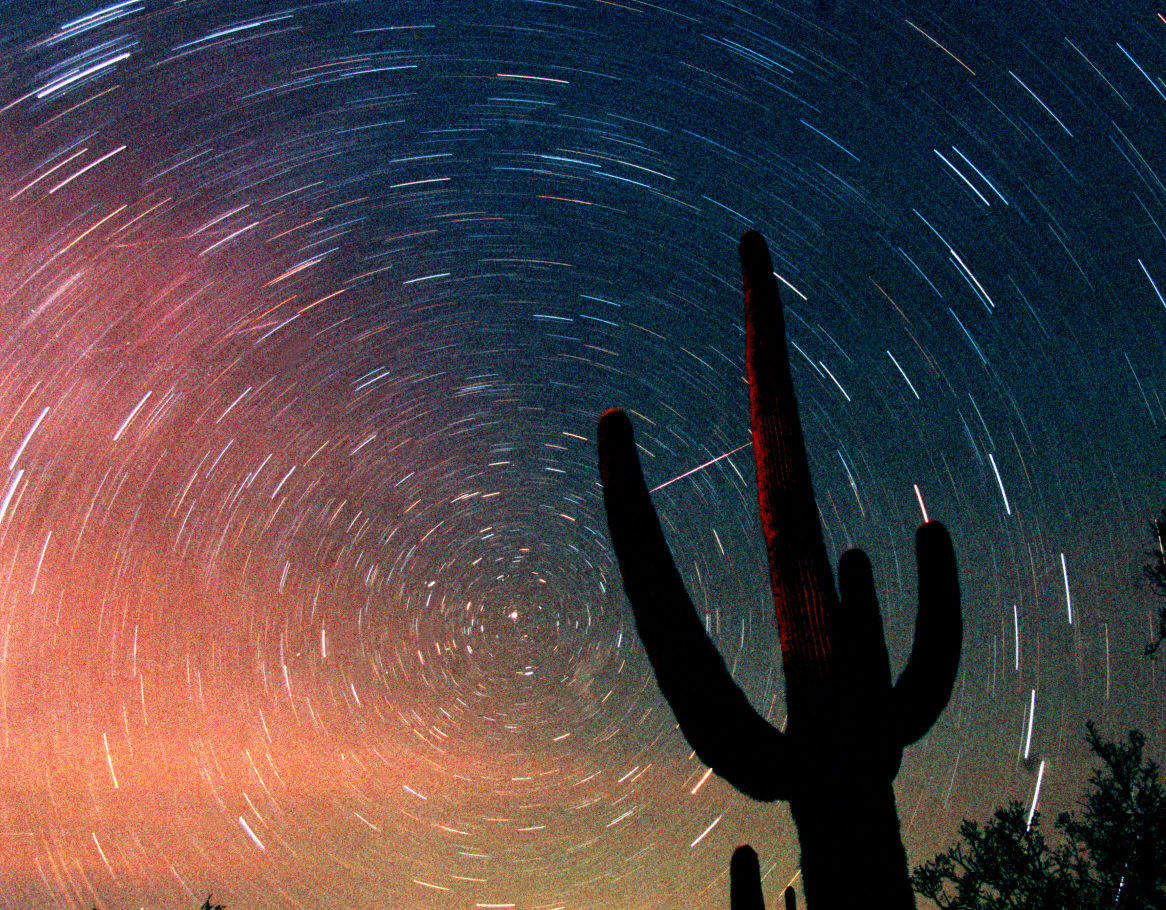The moon moves from east to west on its daily track. It makes a complete circuit of the sky from new moon to new moon in approximately 29.5 days, an interval commonly known as a lunar month.
As the moon moves through the sky, it occults (covers) stars along its path. This happens continuously, but it is not observed very often even by those who spend a lot of time observing the moon through a telescope. Most of the stars occulted are faint, and they are often blotted out from view by the relative brightness of the moon.
Occasionally, the moon occults a bright star along its path. The moon will occult Aldebaran, the brightest star in Taurus the Bull and the 14th brightest star in the sky on Tuesday, Jan. 19. At 6 p.m. that night the nearly 11-day-old moon will be 45 degrees above the eastern horizon in the darkening twilight.
Aldebaran will be just east of the moon, slightly closer to the horizon. It may not be visible unless you use a low power telescope or high power binoculars firmly mounted on a tripod.
From Tucson the unlit limb of the moon begins to cover Aldebaran at 6:12 p.m., and it should be fully occulted by 6:15 p.m. Aldebaran begins to appear along the lit limb of the moon by 7:19 p.m. and is full uncovered by 7:20 p.m. These times may vary slightly depending on your location. Give it a try.





